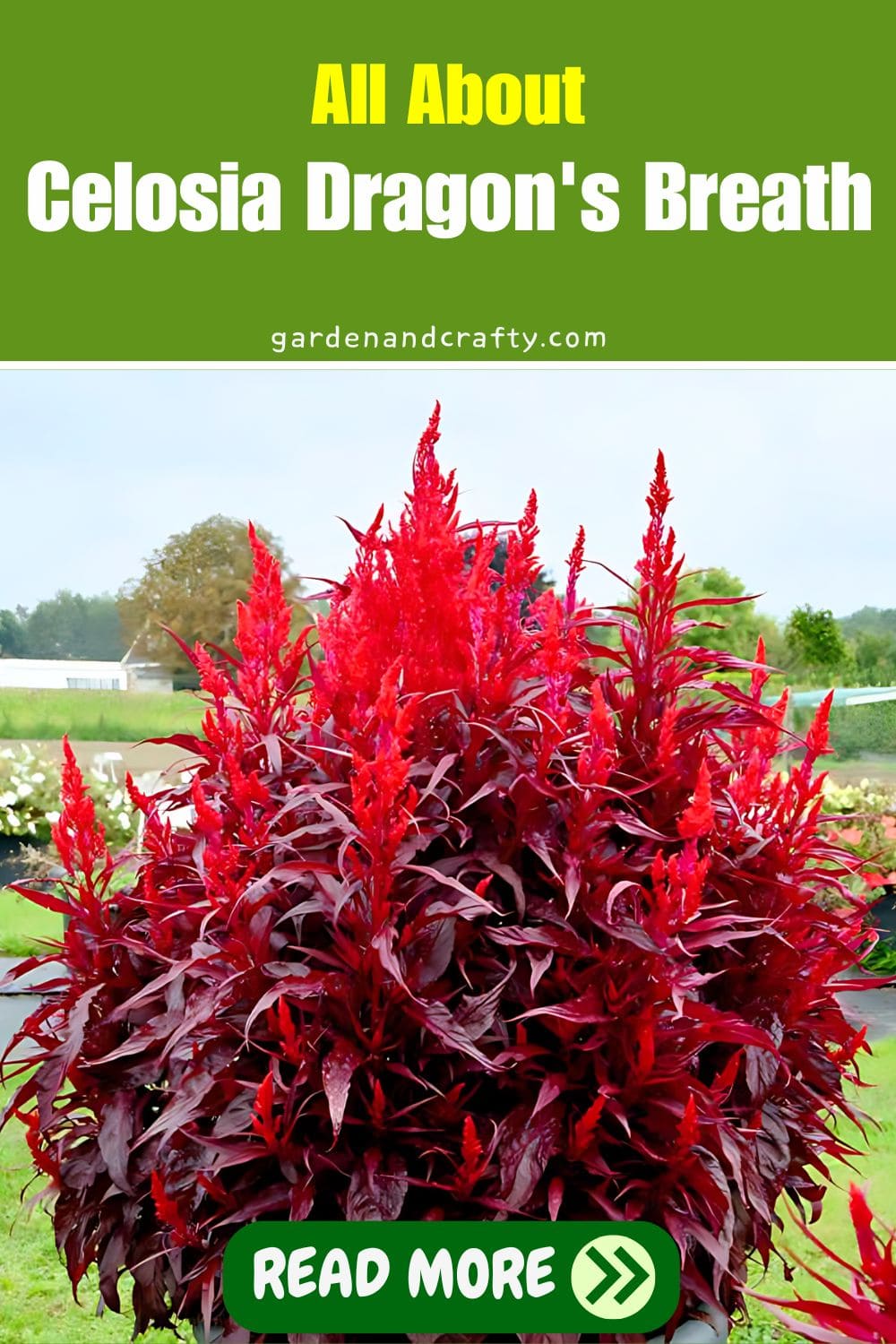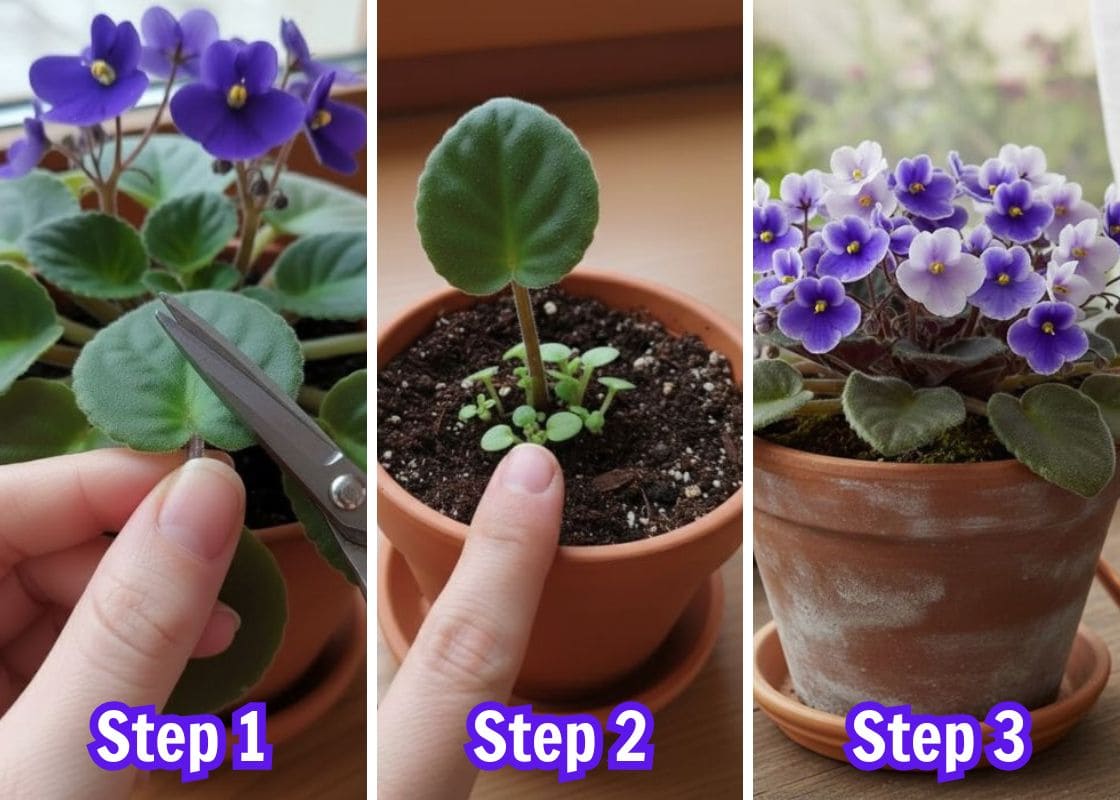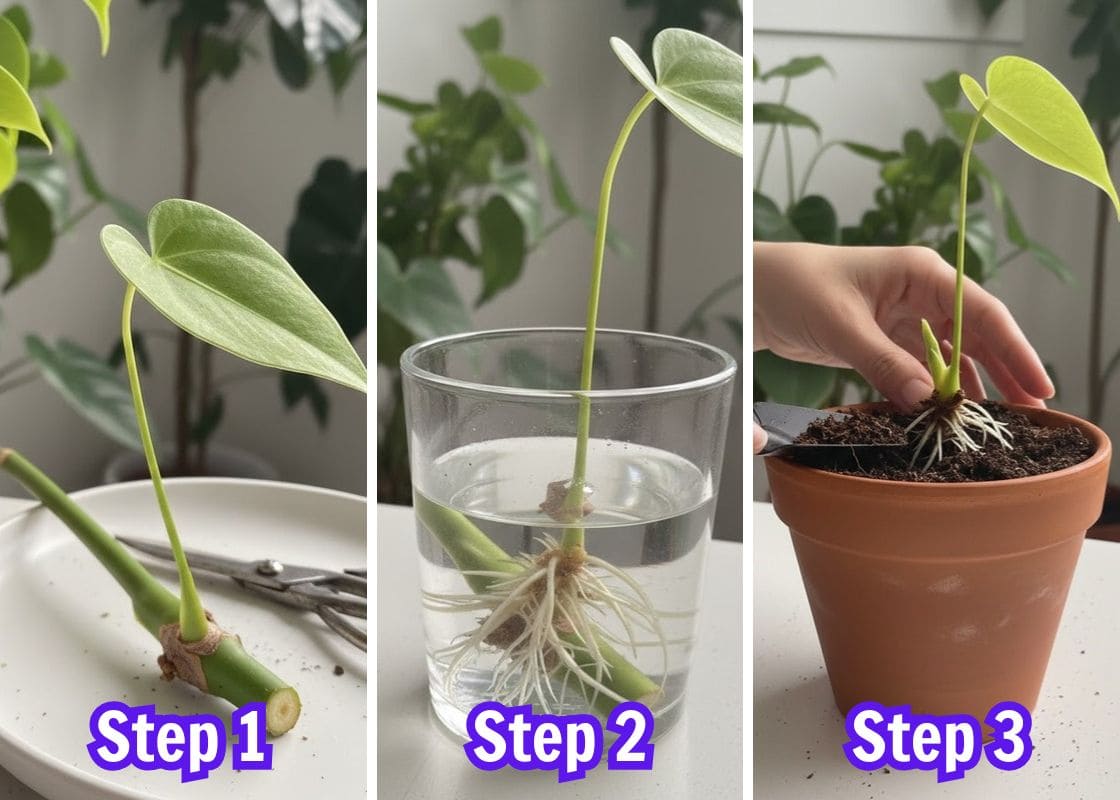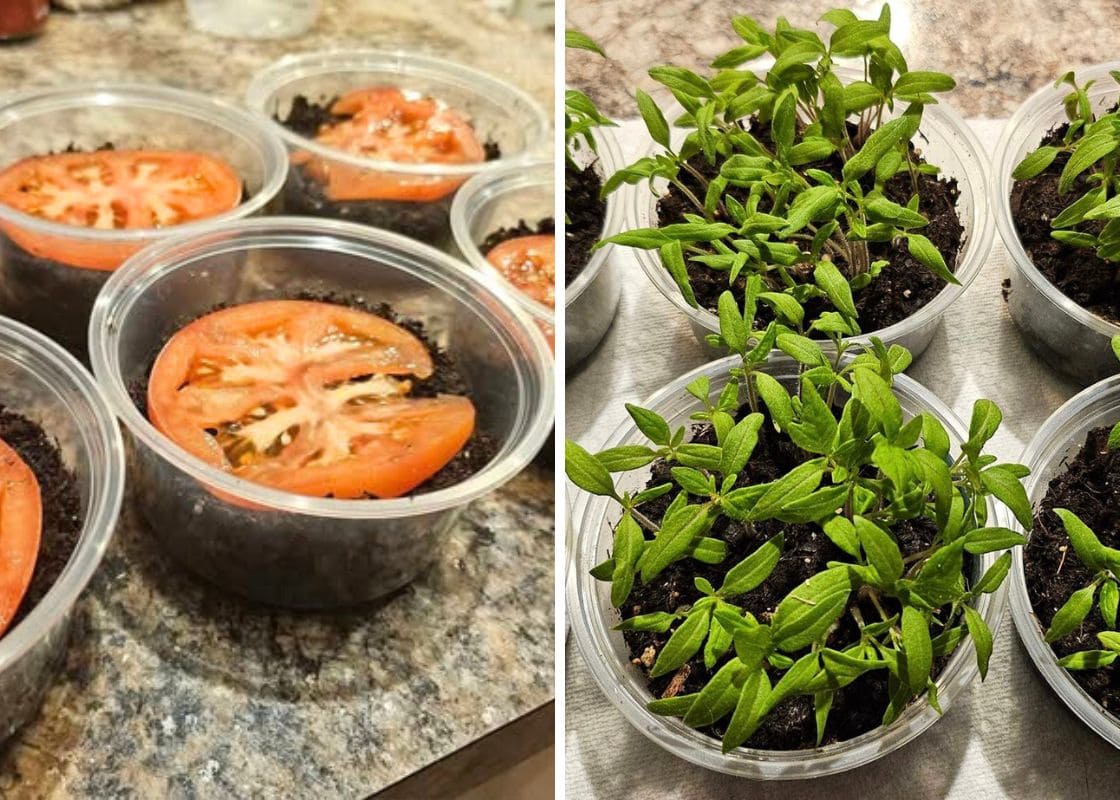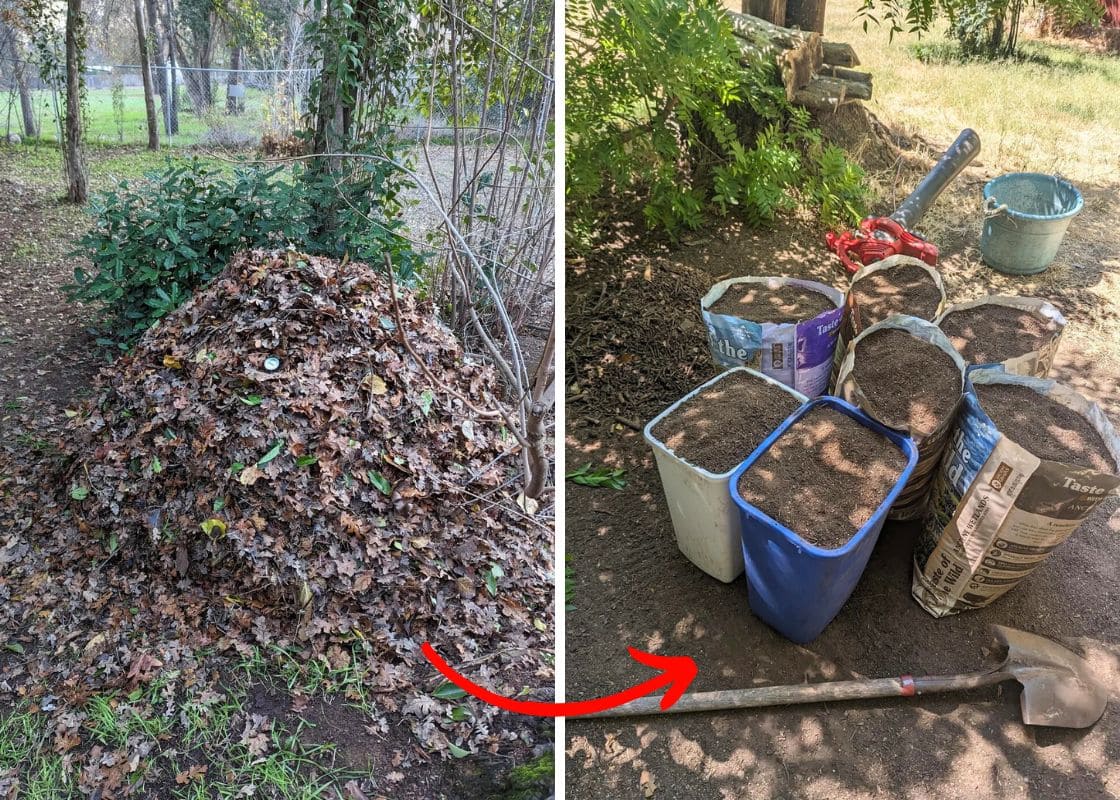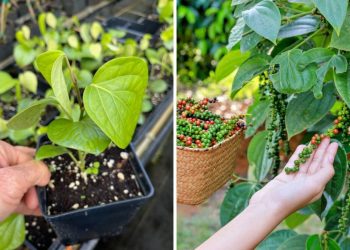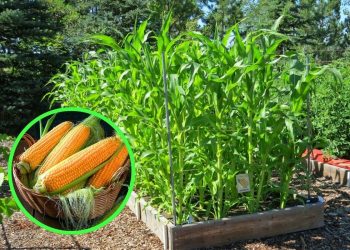When I first encountered Celosia Dragon’s Breath, I was captivated by its vibrant, fiery red plumes.
This stunning variety of Celosia belongs to the Amaranthaceae family and stands out in any garden with its bold, plume-like flowers.
What I love most about Celosia Dragon’s Breath is not just its breathtaking appearance but also how easy it is to grow.
If you have a sunny spot in your garden and well-drained soil, you’re already halfway there.
Summary:
- Celosia dragon’s breath is renowned for its vibrant, fiery red, plume-like flowers and attractive green to bronze leaves.
- This annual plant thrives in sunny, well-drained environments, and requires minimal care, making it perfect for both garden beds and containers.
- Celosia dragon’s breath also attracts pollinators, serves as excellent cut flowers, and pairs well with marigolds, basil, and zinnias.
| Scientific name | Celosia argentea var. cristata |
| Common name | Dragon breath celosia |
| Plant type | Annual |
| Flower color | Bright red |
| Flower shape | Plume-like |
| Plant height | 12-24 inches |
| Plant spread | 12-18 inches |
| Bloom time | Summer to frost |
| Growth habit | Upright |
| Hardiness zones | 2-11 |
About Celosia Dragon’s Breath
Features of Celosia Dragon’s Breath
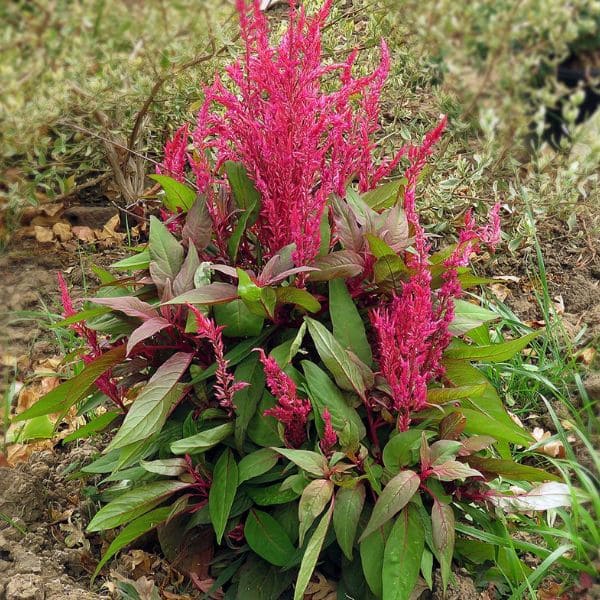
Celosia dragon’s breath is an annual plant and typically reaches a mature height of 12 to 24 inches, with a spread of 12 to 18 inches.
Its most striking feature is the vibrant, plume-like flowers that bloom in a brilliant shade of red, resembling fiery flames.
The leaves are also equally attractive, often showcasing a green to bronze hue that complements the intense flower color beautifully.
Native to tropical regions, celosia dragon’s breath thrives in warm environments with plenty of sunlight.
If you can provide well-drained soil and moderate watering, this plant will flourish from summer through to the first frost.
The Meaning of Celosia Dragon’s Breath
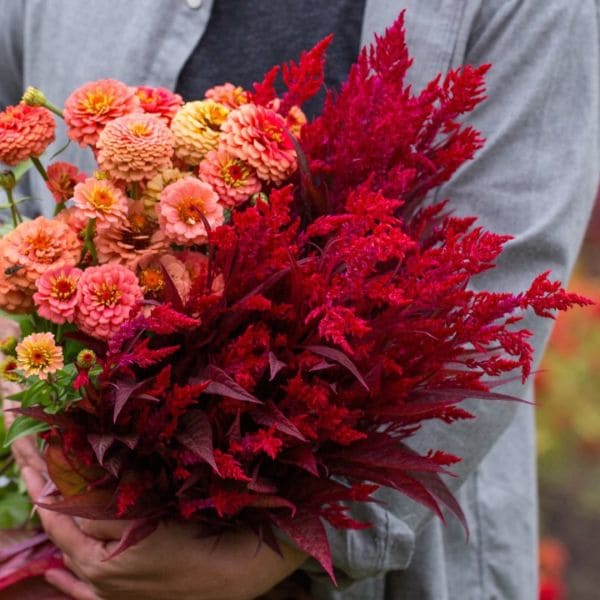
Celosia dragon’s breath is often associated with qualities like passion, courage, and love, thanks to its intense red blooms.
In the language of flowers, red symbolizes deep emotions and strong connections making these flowers a perfect choice for expressing heartfelt sentiments.
They’re particularly fitting for occasions like anniversaries or Valentine’s Day when you want to convey deep affection.
In some cultures like Nigeria, celosia dragon’s breath is known as “Soko Yokoto,” which means “make husbands fat and happy” symbolizing prosperity and happiness in the home.
Differences Between Celosia Dragon’s Breath And Other Celosia Species
Unlike celosia plumosa, which boasts feather-like flowers in an array of colors including yellow, orange, red, and pink, dragon’s breath is renowned for its singular, fiery red blooms.
These vibrant flowers are plume-like, giving the impression of delicate, yet intense flames that dance in the sunlight.
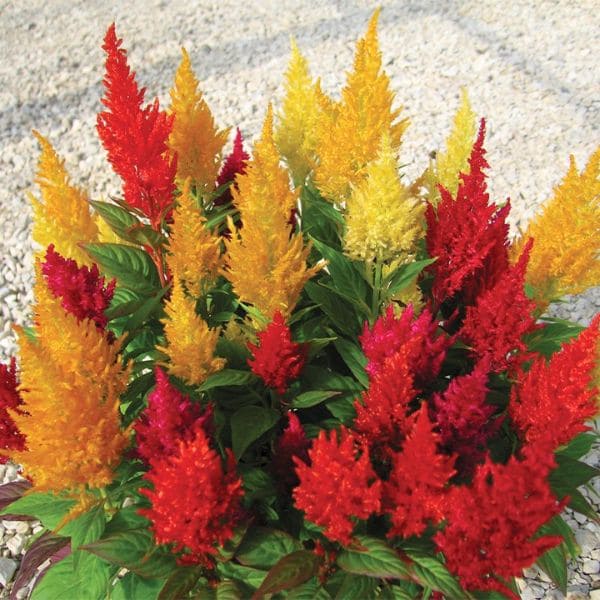
Celosia dragon’s breath maintains a manageable height of 12 to 24 inches making it perfect for both garden beds and containers.
Other Celosia varieties such as Celosia Spicata can grow up to 48 inches tall, which may not be ideal for every garden space.
With dragon’s breath, you get a compact, bushy plant that is easy to care for and versatile in various garden settings.
Benefits of Celosia Dragon’s Breath
Pollinators Attraction
Bees and butterflies are particularly drawn to its vibrant red plumes of celosia dragon’s breath. They also add movement and life to your garden.
Additionally, by attracting these pollinators, celosia dragon’s breath helps ensure the pollination of nearby plants, contributing to a more robust and productive garden.
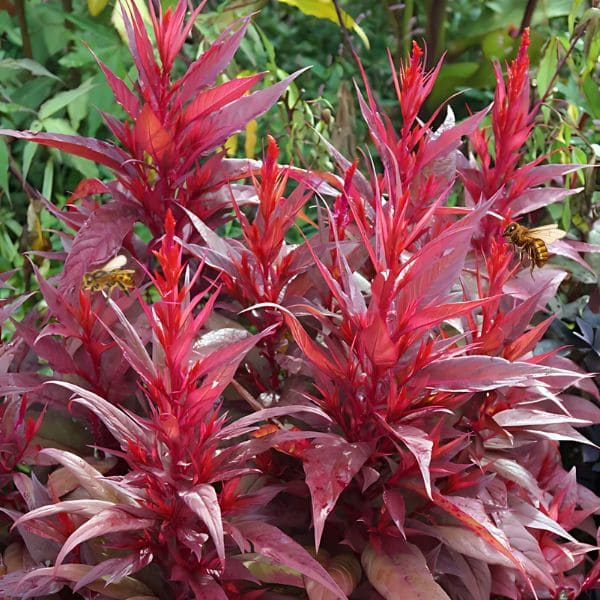
Ornamental Uses
The vibrant red plumes of celosia dragon’s breath become a focal point in garden beds or containers.
With compact size and bushy growth habits, many people love growing them in containers and putting them on patios, balconies, or along walkways.
Compared to other types, dragon’s breath maintains a manageable height and spread, making it ideal for small spaces and container gardening.
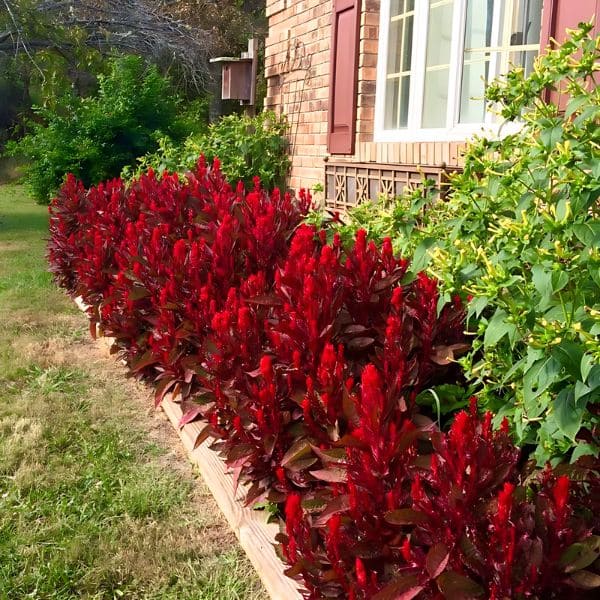
Cut Flowers
Dragon’s breath is particularly favored for fresh arrangements. When you bring these fiery red plumes indoors, they instantly brighten up any room.
Unlike some celosia types that are often dried, dragon’s breath shines best when fresh, as its lush, full plumes retain their softness and vivid color.
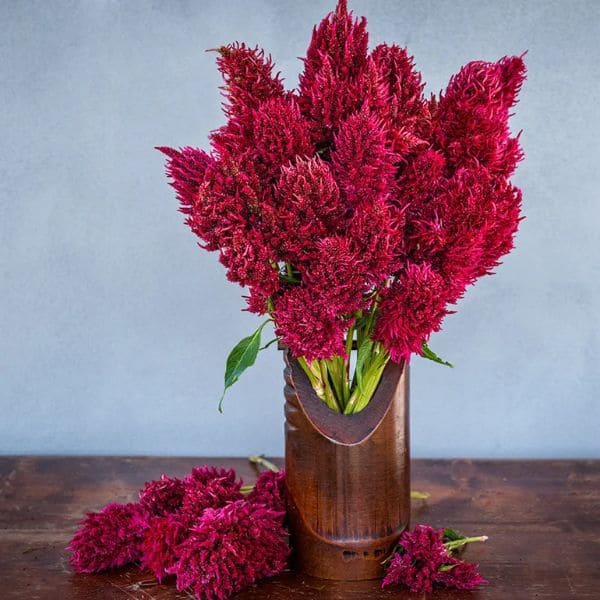
Growing and Caring for Celosia Dragon’s Breath
Similar to other celosia types, dragon’s breath can be propagated by sowing seeds indoors 6-8 weeks before the last frost.
Once the danger of frost has passed, transplant the seedlings into your garden or containers with the space of 12-18 inches.
In addition, celosia dragon’s breath is easy to care for, you only need to ensure the soil stays moist and deadhead regularly to encourage continuous blooming.
Specially, unlike other varieties, dragon’s breath is particularly resilient with fewer issues from aphids or spider mites.
This plant is generally pest-free but can be susceptible to root rot if overwatered.
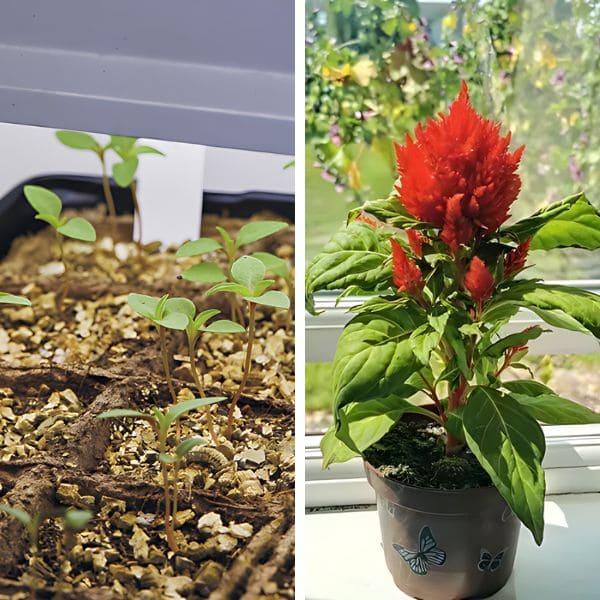
If you want to know more about the process of growing celosia dragon’s breath, refer to our guide on growing celosia for more details.
Tips: To make your border or container vibrant, try to pair celosia dragon’s breath works with marigolds, basil, or zinnias.
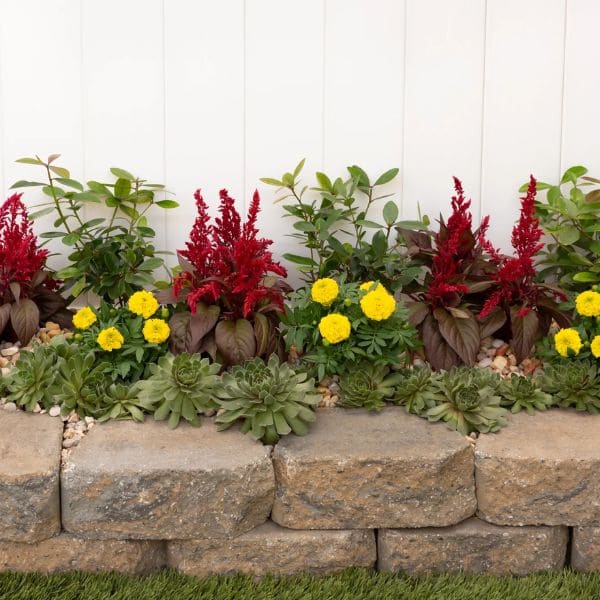
Harvest
Typically, you can expect to harvest blooms around 90 to 120 days after sowing the seeds.
For the freshest blooms, you should use sharp scissors to make a clean cut just above a leaf node early in the morning when they are hydrated.
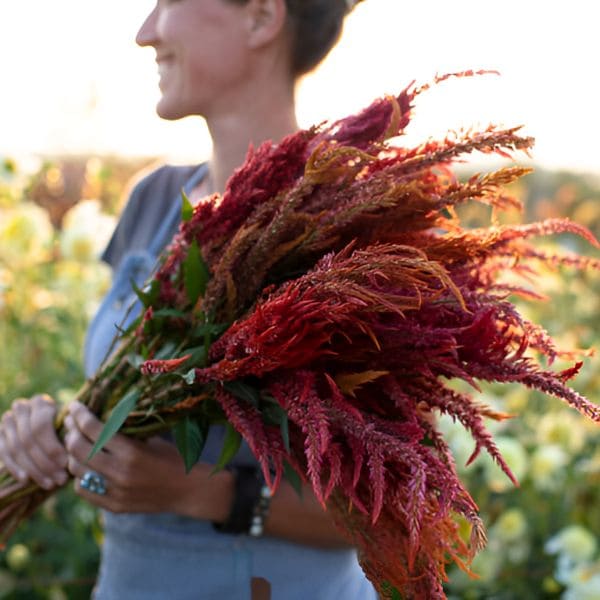
Additionally, you should choose flowers that are fully open and brightly colored that results in the longest-lasting arrangements.
With proper care, such as changing the water every couple of days and trimming the stems slightly, the blooms can last up to two weeks in a vase.
For an even more stunning display, consider mixing celosia dragon’s breath with other flowers. I love pairing these fiery red plumes with sunflowers for a vibrant, colorful bouquet.
